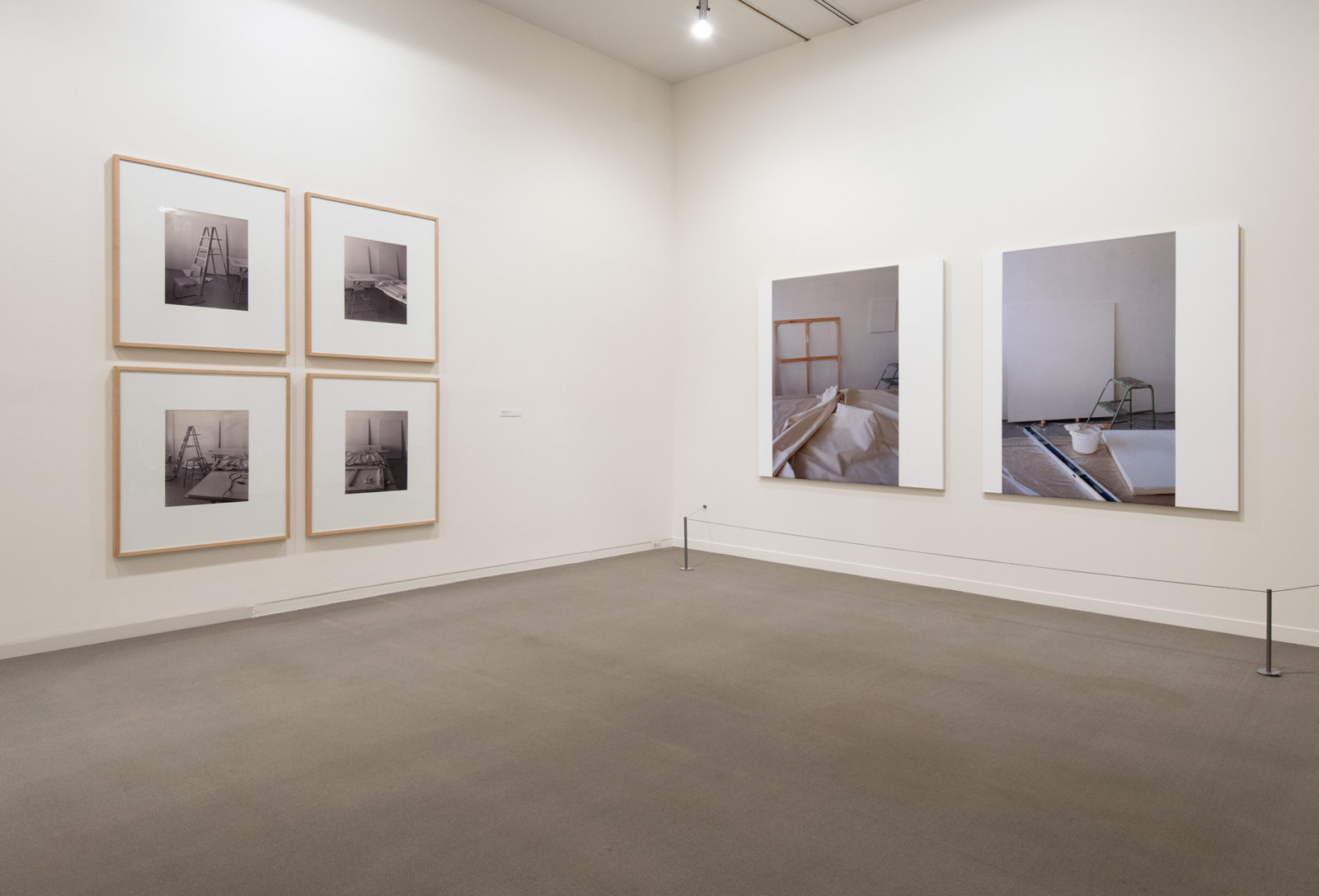Ian Wallace – At the Intersection of Painting and Photography, OCTOBER 27, 2012–FEBRUARY 24, 2013
Ian Wallace
At the Intersection of Painting and Photography
October 27, 2012–February 24, 2013
Vancouver Art Gallery, Vancouver, Canada
Ian Wallace: At the Intersection of Painting and Photography is a major survey exhibition of the work of one of Canada's most significant contemporary artists. Based in Vancouver, Wallace has played a critical role in the development of contemporary art since the late 1960s. His early experiments with monochromatic painting, his production of large–scale photographic tableaux and his juxtapositions of photography with painting stand as the basis for a distinct body of work for which Wallace has become internationally recognized.
Ian Wallace was among the first to use large–format photography in the 1970s, equating photography with the scale of cinema, advertising and history painting. This has been significant in elevating photography to the status the medium represents today. For Wallace, pairing fundamentally contrasting media—the visual emptiness of the painted monochrome against the visually dense, documentary nature of the photographic image—demonstrates a thorough and sustained reflection on the nature of representation as a method to construct meaning in the world.
Beginning in the late 1960s, Wallace was immersed in the formal language of minimalism in both painting and sculpture, and he produced works that were often positioned in relationship to surrounding architecture. Parallel to these concerns were his photographic investigations of the street, which became increasingly directed towards issues of urban development and the relationship of the individual to the modern city, an engagement that continues to this day. Wallace has also been keenly interested in the cinematic, and produced several monumental, staged works in the 1970s and 1980s that evoke the serial quality of film. He has often incorporated his ongoing interest in literature and poetry into his work over the course of his career, exploring the visual, semiotic and poetic qualities of language. Other important subjects of Wallace's work include the studio as a site of reflection and production, and the museum as an institutional framework for viewing art. The exhibition, which spans two floors of the Gallery, is accompanied by the most comprehensive publication on Wallace's practice to date. This fully–illustrated, 352–page volume, co–published with Black Dog publishing, is organized in concise sections that mirror the motifs present throughout the artist's work.
Ian Wallace's influence is lasting and broad. He has made an outstanding impact on both his contemporaries and subsequent generations through his important work as an art historian, critic and educator, and through an art practice that has consistently demonstrated conceptual rigour and aesthetic innovation.


























































